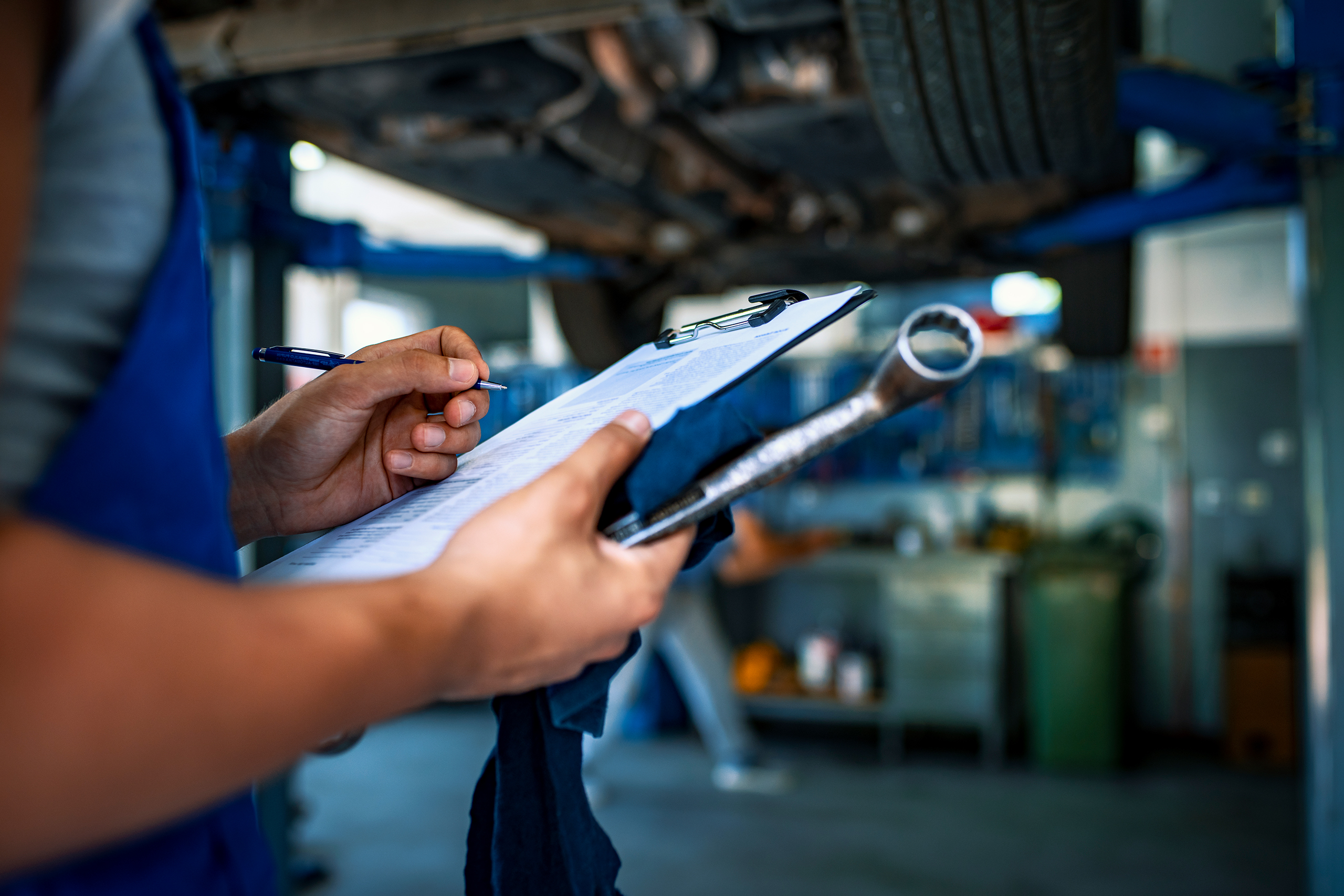At the end of a contract hire deal, your van will need to be returned to the finance company.
When you return the vehicle, it must meet an acceptable standard of wear and tear. In other words, your van must be in a good condition with regards to its age and mileage. Some finance companies may charge an excess at the end of the lease period if your van does not meet that standard.
Note: If your contract is for Finance Lease, then it is your responsibility to sell the van yourself to close the agreement. With finance lease, the mileage and condition of the van lease does not matter to the finance company. However, the van’s value will depend on its condition. If its condition means the van will fall below the projected value at the start of the lease, there may be an expensive balloon payment to factor in which the van’s sale value may not cover.
Most lenders use the BVRLA standard, as this is the trade body for leasing, rental and fleet management of both cars and light commercial vehicles. However, you should always check your documentation regarding wear and tear, as some finance companies may have their own additional requirements that you need to be aware of.
Some examples of wear and tear that you may be recharged for are as follows:
Mechanical Condition
Any engine issues, gearbox or clutch problems, or warning lights on the van’s dashboard.
Service History
Missing or unstamped service books, or the vehicle not being serviced to the manufacturer’s schedule.
Scratches
Any scratches that have broken the paint surface and require the panel to be repainted.
Glass & Mirrors
Cracked or broken glass, or leaking seals around windows.
Interiors
Burns, stains, or tears in the seats or other interior parts.
Rust & Corrosion
There should be no rust or corrosion on any part of the van.
There are many more categories which can be recharged if they do not meet the standard for appropriate van condition at the end of the lease agreement.
To avoid this excess charge, you should look after your vehicle carefully. Taking good care of your lease van will reduce the wear and tear and so reduce any costs at the end of the agreement. Regular servicing, safe driving, and careful loading and unloading will all contribute to a better condition of vehicle.
Instead of paying the recharge, you can also have the van repaired yourself before it is returned. We recommend that any damage is repaired as soon as possible after it occurs to prevent further damage and greater costs in the future.
Heavy Wear Zones
Any end of lease agreements regarding Light Commercial Vehicles, including vans and pickups, must specifically allow for wear and tear appropriate to their use. This means working surfaces, such as load areas, are expected to be used heavily and there will be no recharge for levels of damage that are considered appropriate.
The BVRLA allows various degrees of chips and scratches, dependent on the area, but you should check your specific van lease agreement for a full breakdown of what is acceptable.
Indicative Costs
Your leasing company should provide you with a list of items that will require recharge and how much each will cost. Generally, it will be cheaper to have the repairs carried out yourself than to return the van and pay the recharge.
Overall, the main rule of thumb is to take care of your lease van, have it serviced regularly when due, and if you find any damage you should have it repaired as soon as possible.
Good maintenance will mean little to no recharge at the end of the van lease, ensuring you are not left with a large bill when you think you’ve already completed your lease agreement.

